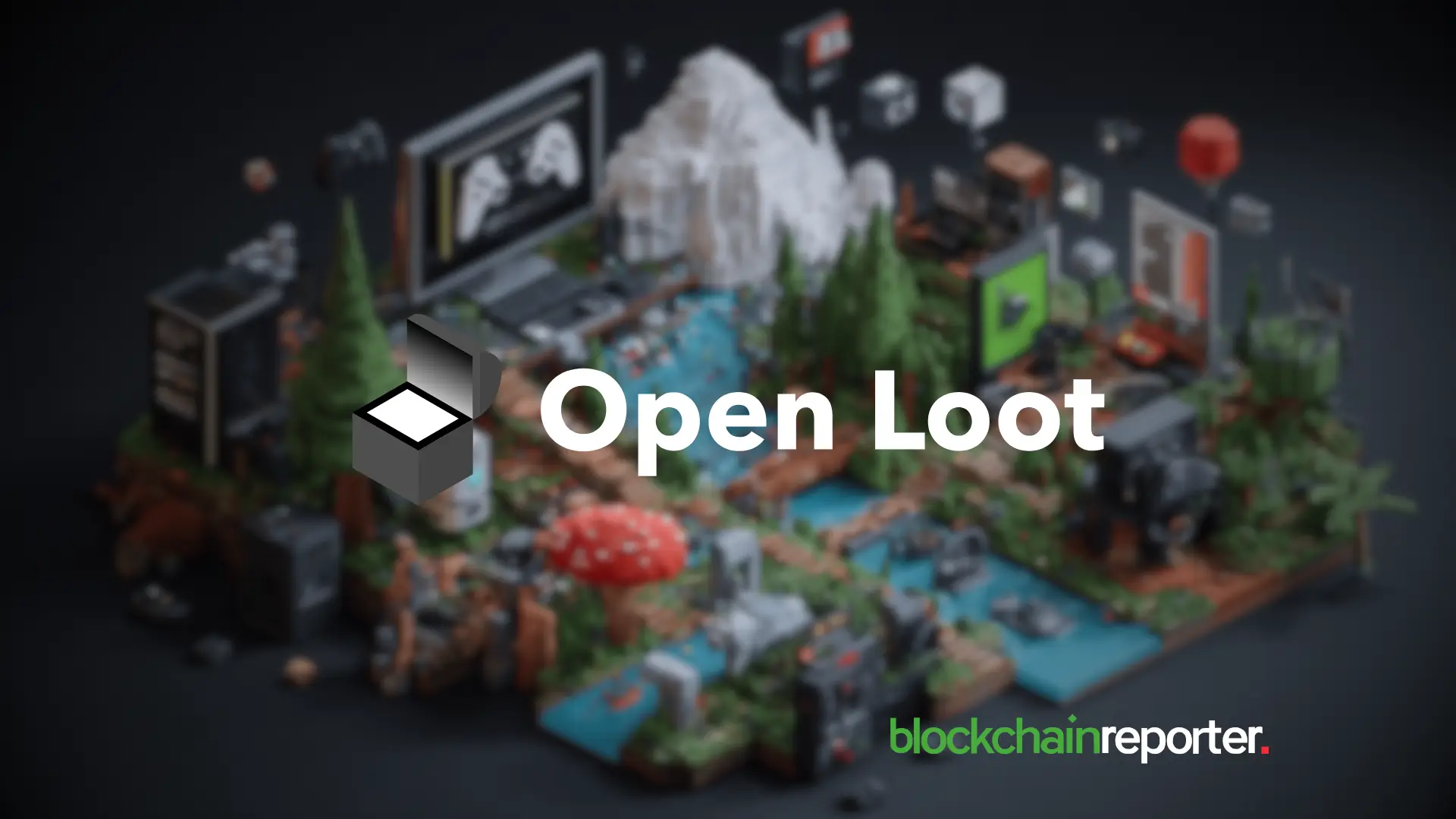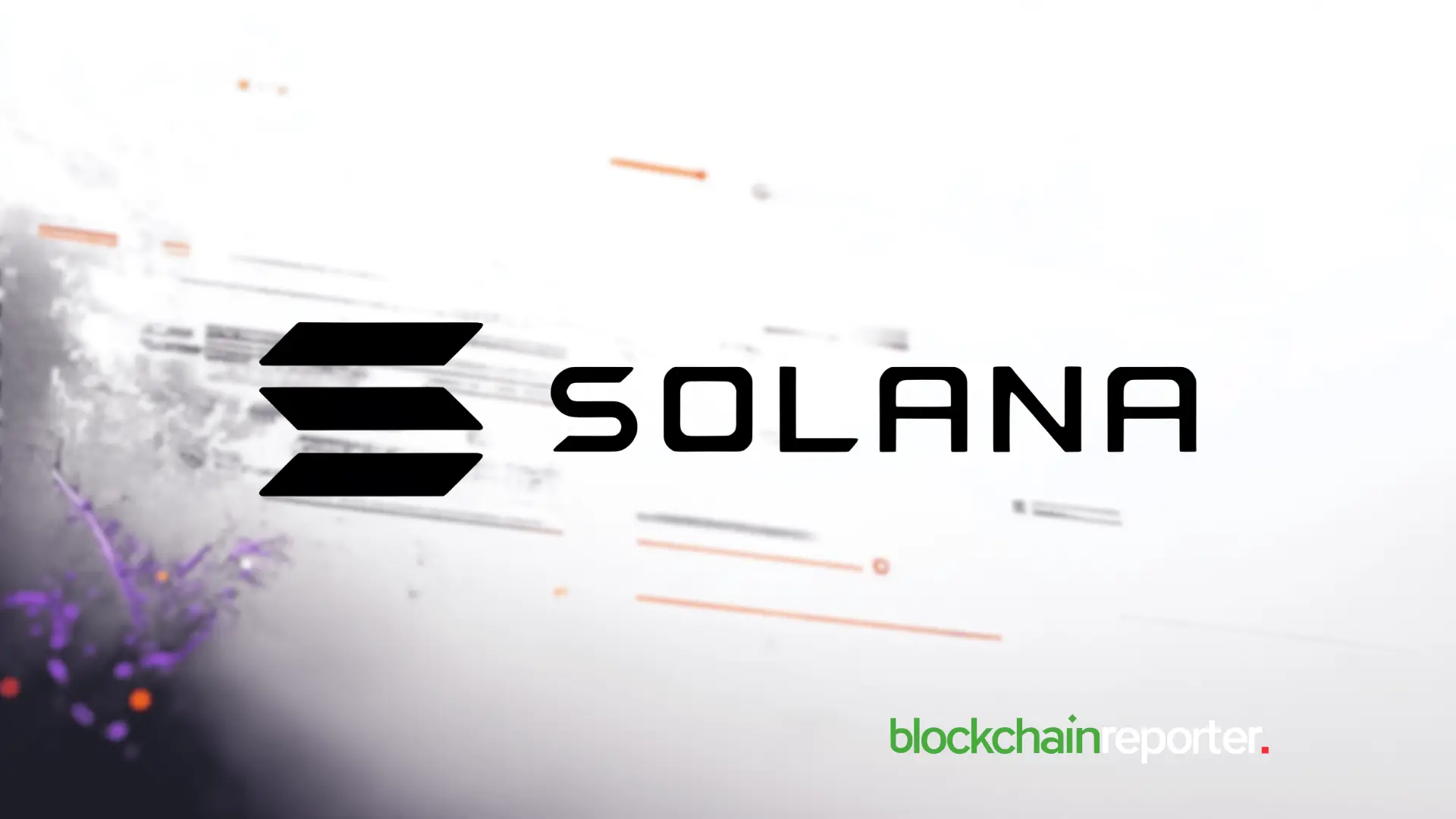Open Loot Streamlines Web3 Gaming Strategy, Launches $2.9M Credit Program



Open Loot, a blockchain-powered gaming platform and the publisher of the hit title Big Time , is shifting away from broad third-party publishing to focus on internal game development and select strategic partners, the company announced Monday. The move comes amid broader market consolidation in the Web3 gaming sector, as platforms seek sustainable models after several years of volatility and uneven performance.
The restructuring includes a $2.9 million discount credit program aimed at early adopters, the de-listing of four external games, and the acceleration of two in-house titles targeting mobile and browser platforms. The transition is part of a broader initiative to bolster core IP and reduce exposure to underperforming studios.
“Web3 gaming is still in its earliest phase, and success rates remain low across the board,” CEO Ari Meilich said in a prepared statement. “Now, it’s time to apply our lessons and sharpen our focus.”
Core Shift: Fewer Partners, More Control
Open Loot, founded in 2020, gained early traction by offering infrastructure for digital ownership, including seamless onboarding, walletless asset custody, and gas-free trading. Its Vault technology—paired with the native $OL token—was designed to abstract away blockchain complexity for traditional gamers.
The company’s flagship product, Big Time , has recorded over 4.3 million cumulative gameplay hours, issued $467 million in player rewards, and facilitated the creation of more than 7.8 million NFT items. But not all partner games matched that performance. Several titles failed to launch or sustain traction, prompting Open Loot to exit a broad publishing model that once included dozens of third-party games.
As part of the new strategy, four games— Boss Fighters , Shatterpoint , The Desolation , and Kokodi —will be removed from the platform. The affected studios will coordinate asset withdrawal and migration plans independently.
Compensation Program Targets Legacy Players
To address prior investments by users, Open Loot is launching a credit system that allows players to apply historical purchases toward new titles. Players who made primary market purchases (excluding Big Time ) between Aug. 24, 2023, and Sept. 22, 2025, will receive credit balances worth up to 25% of their past spending.
The credits can be applied toward Big Time purchases made with $OL and will extend to future in-house releases.
Sample scenario: A user who spent $10,000 on a now-sunset game such as WorldShards would receive $2,500 in credits. These could then be used to offset 25% of a future $100 item purchase, reducing the net cost to $75.
Product Pipeline Expands Internally
Open Loot is now fast-tracking development on two first-party projects:
-
A mobile pet-collection game set in the
Big Time
universe
-
A competitive, high-stakes strategy title for mobile and browser
Both games are designed to leverage the company’s token infrastructure, NFT standards, and interoperability features. The studio expects these titles to reinforce player retention through cross-title item compatibility and native token integration.
“The goal is to deepen ecosystem value while reducing operational bloat,” said one person familiar with the matter who asked not to be named due to non-public roadmap details.
Broader Web3 Market: From Volume to Quality
Open Loot’s pivot reflects a maturing phase for the blockchain gaming space. Following the collapse of play-to-earn token models in 2022–2023, companies are seeking more durable economic frameworks. According to DappRadar, Web3 gaming captured approximately $40 billion of the $184 billion global gaming market in 2024. That figure is projected to reach $60 billion by 2030.
Still, challenges remain: NFT asset liquidity has thinned, wallet adoption remains below 30% among mainstream gamers, and platform tokens have underperformed relative to early projections. The $OL token, launched in Q1 2025, is designed to unify payment rails, user rewards, and governance, but long-term demand is tied to platform engagement.
Strategic Outlook
While Open Loot is reducing exposure to external studios, the company is doubling down on infrastructure, token sinks, and vertically integrated development. The strategy borrows from traditional gaming publishers while adapting to crypto-native dynamics.
“The experimental phase is winding down,” Meilich said. “Execution now matters more than hype.”
The platform’s bet is clear: a leaner product portfolio, higher asset retention, and deeper $OL token utility. Whether that will be enough to outlast cyclical turbulence in the Web3 gaming sector remains to be seen.

Public Companies Hold $117 Billion in $BTC, Strategy Leads
The cumulative Bitcoin $BTC holdings of the public companies have reached the $117 billion mark, and...

As Solana And Injective Rally, is WISD next?
Solana, WISD, and Injective are surging in 2025. SOL challenges Ethereum, INJ grows DeFi markets, an...

BlackRock adds $466.5M in Bitcoin as institutional appetite hits new heights
BlackRock buys $466,5M BTC via IBIT, which pushes the holdings above 773 000 BTC as millions of inst...

